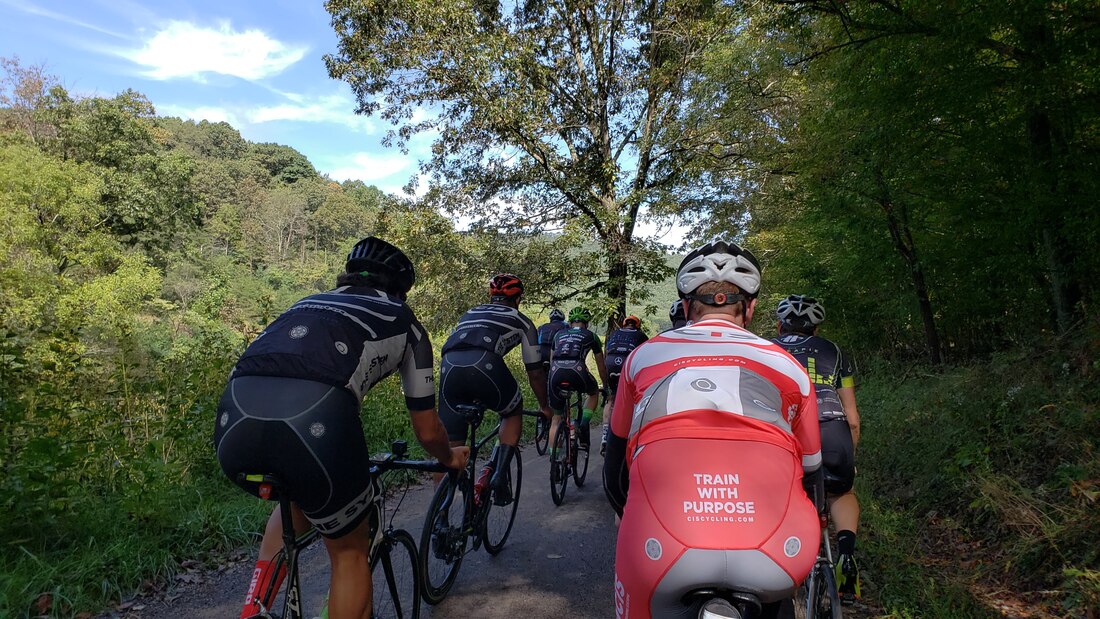The Inefficiency of Bouncing in the SaddleCycling is a fantastic sport and recreational activity that offers numerous health benefits. However, many riders, especially beginners, have trouble with the issue of "bouncing in the saddle," which is one of my pet peeves. This phenomenon occurs when the cyclist's body excessively moves up and down while pedaling, resulting in inefficient energy use. This week's blog will explore why bouncing in the saddle is detrimental and provide tips on improving your cycling performance.
Bouncing in the saddle while cycling can be a common issue, but proper training and technique can prevent it. To reduce bouncing and improve cycling efficiency, follow these tips:
When bouncing in the saddle, there are some important Do's and Don'ts that beginner cyclists should keep in mind to avoid injury and optimize their performance. Here are some tips to help you get started: Do: 1. Focus on maintaining a smooth pedal stroke: Keeping a steady and consistent pedal stroke is essential to minimize bouncing. This means applying even pressure throughout each revolution instead of pushing down hard on the pedals and then letting up. 2. Use your hips and core to stabilize your upper body: Your hips and core muscles are crucial in stabilizing your upper body and minimizing bouncing. You can maintain a stable and controlled position on the bike by engaging these muscles. 3. Experiment with different saddle heights: Saddle height can significantly impact bouncing. If your saddle is too low, you may bounce more as you pedal. On the other hand, if your saddle height is too high, you may experience pain or discomfort. Adjust your saddle height until you find a comfortable and stable position. 4. Keep your upper body relaxed: Tension in your upper body can contribute to bouncing, so staying relaxed and loose is essential. Focus on keeping your shoulders down and your elbows slightly bent. Don't: 1. Push too hard on the pedals: Overly forceful pedaling can cause bouncing, so it's essential to maintain a consistent level of effort. Ensure you're not pushing down too hard on the pedals, as this can cause your hips to rock back and forth, contributing to bouncing. 2. Grip the handlebars too tightly: Tightening your grip on them can also contribute to bouncing, creating tension in your upper body. Instead, try to relax your hands and arms, using them only as needed to steer and control the bike. 3. Neglect your bike fit: A poorly fitting bike can contribute to bouncing, so it's vital to ensure it is set up correctly for your body. This may include adjusting the saddle height, handlebar position, and other factors to ensure a comfortable and stable ride. By following these Do's and Don'ts, beginner cyclists can minimize bouncing and optimize their performance on the bike. With practice and patience, you'll soon be riding smoothly and confidently. Eliminating bouncing in the saddle is essential for any cyclist looking to enhance their performance and efficiency. By maintaining a stable and controlled position, riders can optimize their power transfer to the pedals, increase speed and momentum, and reduce the risk of fatigue and muscle overuse. Proper technique, core strength, and a relaxed upper body contribute to minimizing bouncing. With practice and awareness, cyclists can develop a smooth pedal stroke, improve the overall riding experience, and achieve their cycling goals more efficiently. Remember, a stable and efficient riding style maximizes your performance and enhances your enjoyment of this exhilarating sport.
0 Comments
Leave a Reply. |
AuthorCoach David Lipscomb is a highly experienced cycling coach and the founder of CIS Training Systems, a premier coaching program designed to help cyclists of all levels improve their performance and achieve their goals. With over 30 years of coaching experience, Coach Lipscomb has worked with athletes at all levels, from beginners to professionals, and has helped numerous cyclists achieve their personal bests and win championships. Archives
July 2023
Categories
All
|


 RSS Feed
RSS Feed